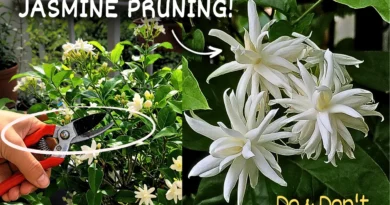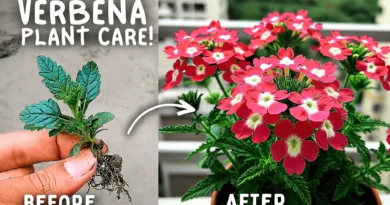7 GROWTH HACKS: African Daisy Flower Plant Care!

African daisy Plant is a low maintainance Flowering Plant, With An habit of Intense Flowering. & In This Post, we Will See How To Care For Daisy Flower Plant, So Its Keeps On Producing Healthy Flowers. We Will Discuss Its Soil Media, Fertilizer Requirement, Where To Place it & much more. So Keep Watching This Post.
Origin & Basics
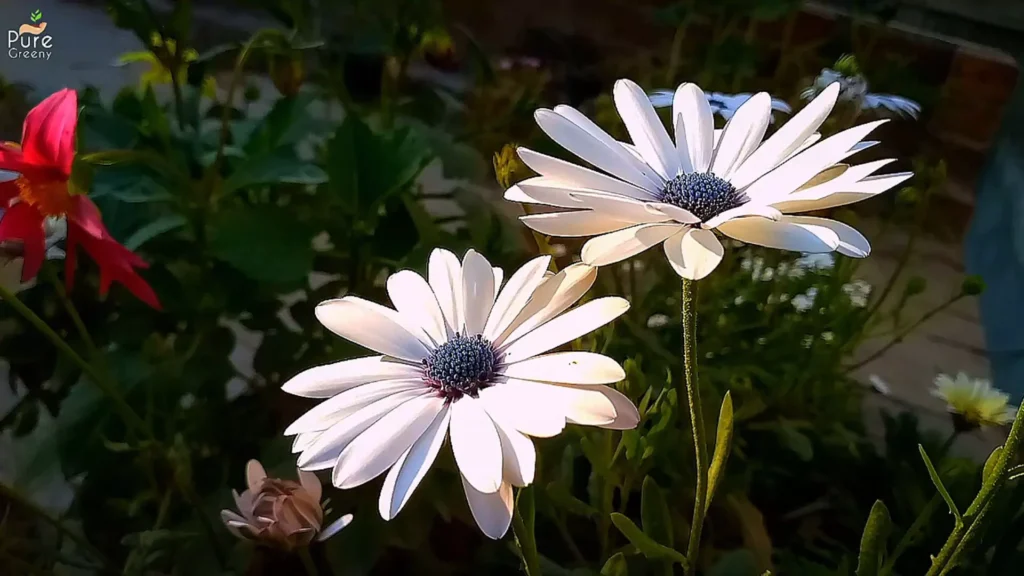
African daisy Plant is a Winters Aunual Flowering Plant, Native To South africa & Also Called as cape Daisy, OpteoSpermum & Daisy Bush. Its a Common Outdoor Plant Used For Bedding But it can Be Grown Indoors Too, With Proper care.
Daisy Plant is non Toxic & Non Edible Plant, That can also be Grown as a Perrinieal plant, If You Live In Cold Climate Area. They Are Relatively Easy To grow, But Their Flowers are Non Fragrant, Still They Have Many Variety Options With Different Colors.
You Can also Buy Them From your Local Nursery, They are Commonly Available in winters & Springs. Once Home, If You Keep its Good Care, You Will See They Will get Bigger & Bigger With Time, Eventually They will Make alot of Buds & Beautiful Flowers, For a Detailed Guide On their Growing updates Till Flowering, Follow The Article added Here.
1-UnderStand Its Growing Season!
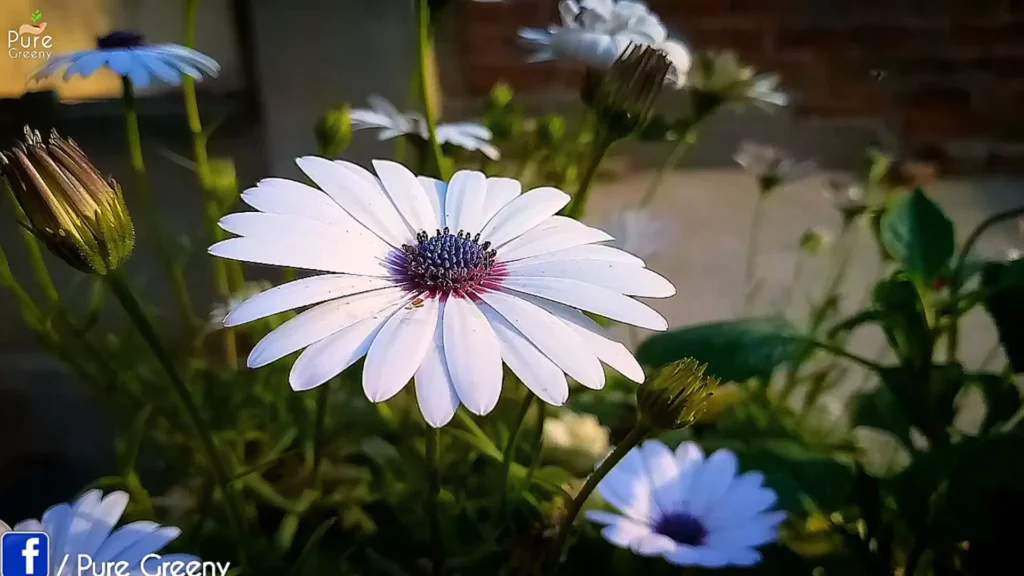
The First & The Most Important Thing in African daisy care is understanding its Growing Season. So African daisy Plant is a Cool Area Plant, & Their Growing Season Generally Starts In Early Winters, as Soon as The Temperature Is In ideal Range.
The Ideal Temp For African Daisy Plant is roughly 18 to 27 degree Celsius, It Grow Very Well In Winters & Springs, But When The Temperature Exceeds The ideal Range In Starting Summers, Daisy Flower Plant Faces a Seasonal Shock, & Then It Gradually Dies.
But if You Live In a Cold Climate Area, Then It Can Survive Summers, Depending upon The Temp. Overall It Likes a Cool Arae To Grow, So Plan Its fertilization, Planting, Pruning Etc All In Winters, & Avoid all Of This In Summers.
2-Use a Well Draining Soil…
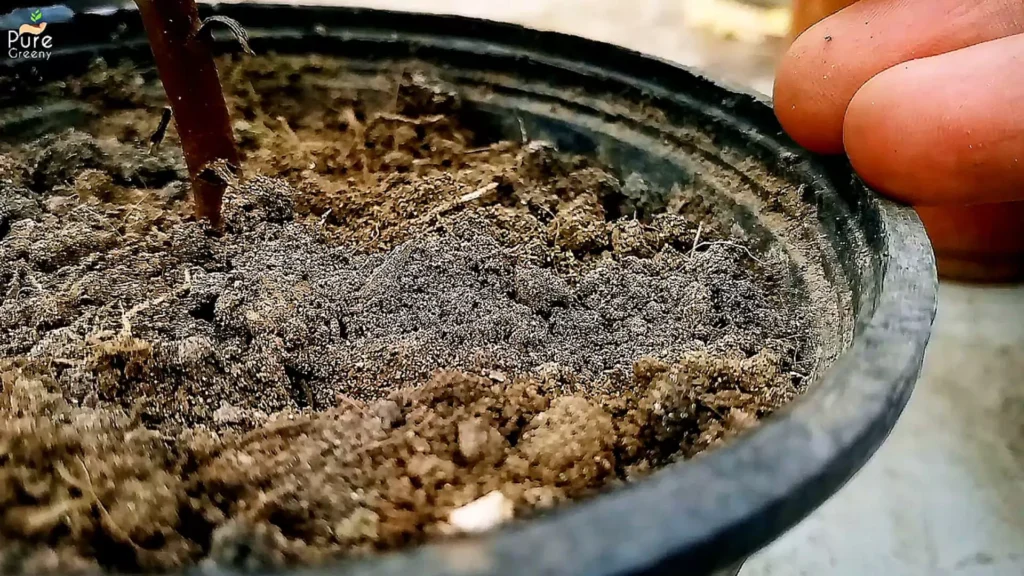
Another Very Important Thing in African Daisy Plant care is Its Soil media. Daisy Plant is a Hardy Plant & can Survive In a Little Bit Hard Or Compact Mixture, But Ideally Your Potting Mix Should be Well Draining, A Little bit Loose & Slightly Acidic.
This Will keep All Problems Away From Your Daisy Plants, The Flowering Will Be Bettre As Well. You can Either Buy Such a Mixture From This Link, Or If You Wanna Make it at Home, Follow The Guide Added Here. & Just Make Sure The water is Not Staying long In The Soil, It Should be Drying Out Time To Time.
3-Water This Way…
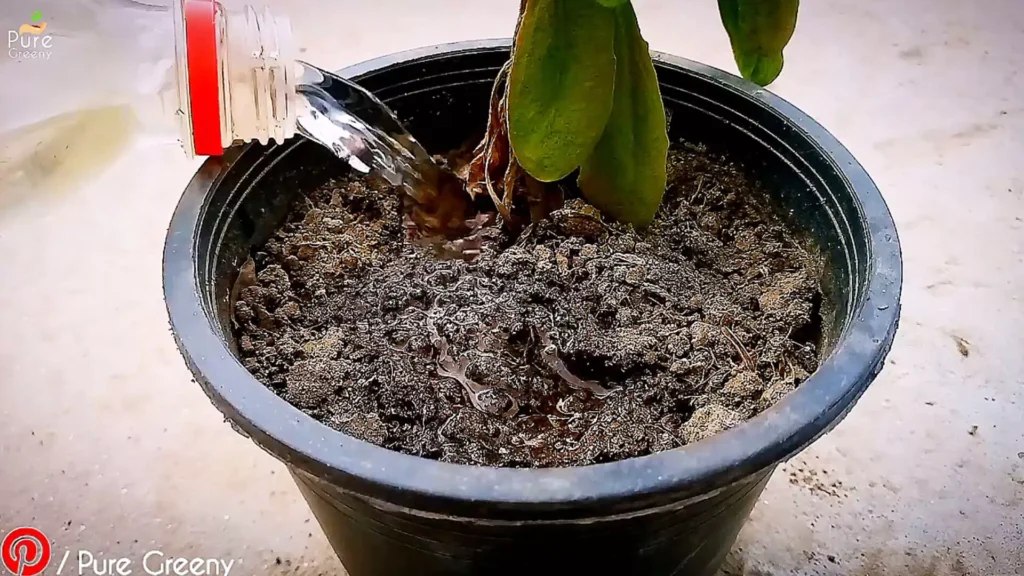
Proper Watering Is AnOther Important Thing in daisy flower plant care. You Can Follow a Simple Rule To Water, Just let The upper Layer of Soil To Dry, & Then Water Frequently.
If your Soil is Good Enough, it Can Bear A Little up & Down In Watering, But if Its Not, try To Be Even More Careful. Time To Time Drying Of Soil, Is A Sign of Proper Watering, So Just Follow That.
4-Place It Where It Should Be!
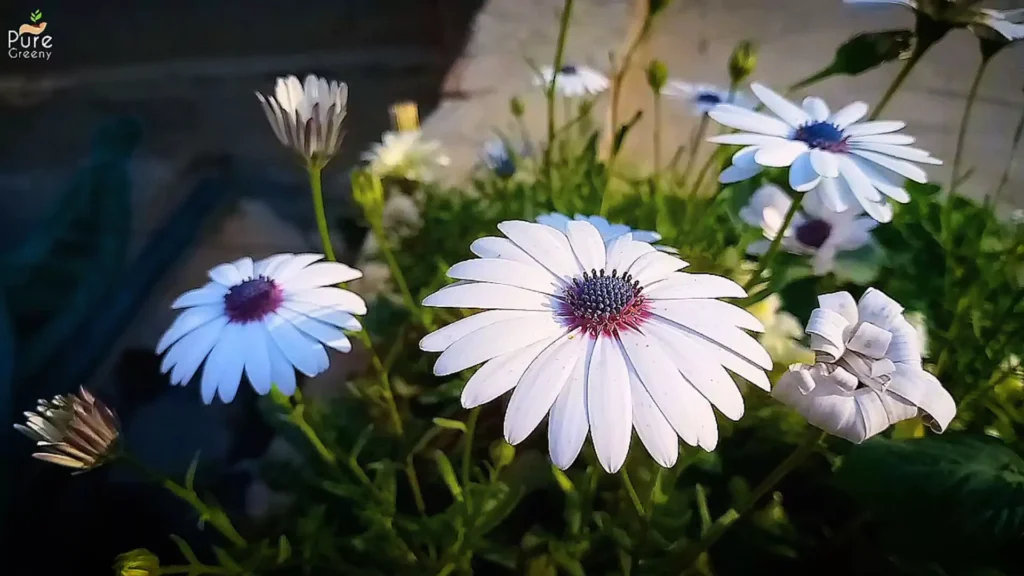
Another very Important Thing in Daisy Plant care is to Place it Where It should Be. African Daisy Plant is a Flower producing Plant, That means It Requires a Lot of Sunlight to Grow Healthy buds & Flowers. Ideally You Can Place Them in a Full day of Sunlight, but Mimumum Make Sure of 3 to 5 direct Sunlight Hours.
Full day of Indirect or Filtered Sunlight can Also Work Really Well, But Make Sure The Plant is Not Placed In a Shaded area, That Will Cause Yellowing Of its Leaves, less Buds & More Pests Attack.
Overall Sunlight is very Essential For daisy Plant. & if You Like Explore More of Such Easy To Grow Winter Season Flowers, You can Follow this Guide.
5-Fertilize Regularly With This….
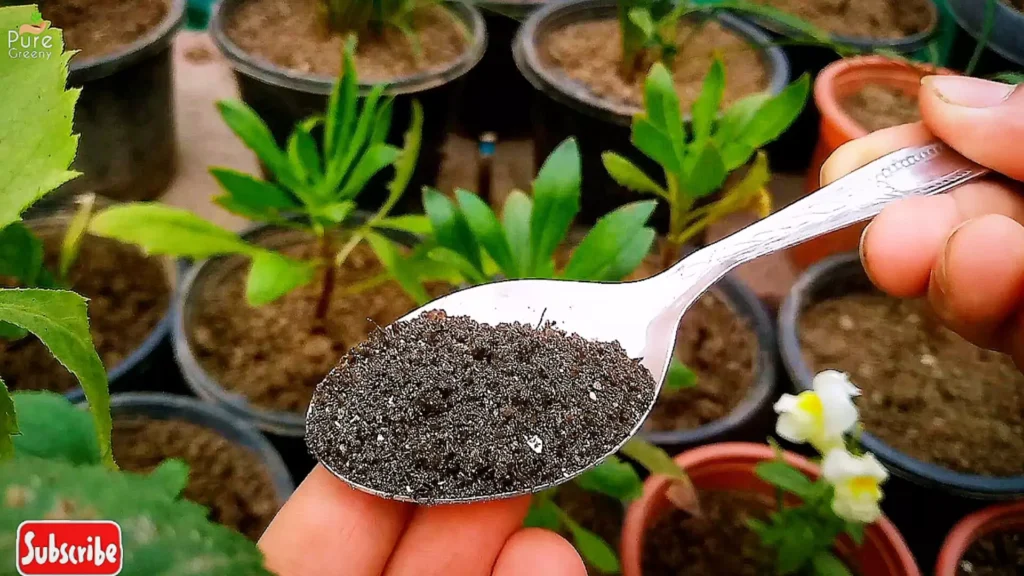
Another Important Thing In African Daisy Plant care is To Fertilize it Regularly. As Though its a Seasonal Plant, That Will Definitely Bloom, no matter you Fertilize Or Not. But With A Good Fertilizer, Flowering Will be Much More & Better.
You can use any Nutrients Enrich Fertilizer, Like Compost or mustard Cake Liquid etc but This is the fertilizer That contains Every Thing Daisy Plant Needs, & Its Made At Home. Detailed Guide On Making This fertilizer is added Here, Must Check it out & Apply it On Daisy Plant every 2 Weeks, at The Evening Time.
6-Dead Heading Is Very Useful!

Another Growth Boosting Thing in African Daisy Care is its Dead heading. Daisy Plant Grow alot of Flowers in Winters & Springs & Then These Flowers Make Seeds For Their Rebirth Next Season, & While The Seed Are Forming, Plant Stops Making New Buds & Flowers.
The Whole Nutrition Goes to Seeds Formation, You can Let It Happen if You Want Seeds, But For Boosting The Flowers, You Can Remove The Spent Flowers. Simply cut Them Off Whenever The Appear. This will Give A way To The New Buds & Flowers.
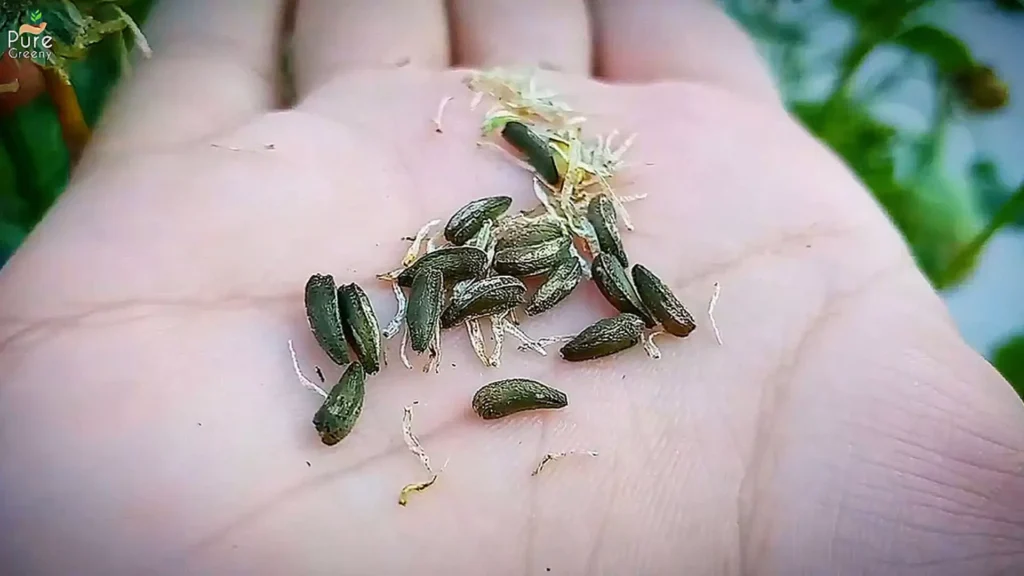
if You Want Seeds, Let the Spent Flowers On The Plant, The Green Soft Seeds Will Turn into Such Black & Hard Seeds, Now You Can Collect Them & Save Them In a Dry area For Next Winters.
7-Keep An Eye on Pests & Diseases?

As Long as You Follow These Simple care Tips Your Daisy Plant Will Be Thriving, But To be Safe You Should Also Keep an Eye on pests & Diseases. Common Diseases of African Daisy Plant Includes Their Yellowing & Drying leaves, That Appears Due To Either less sunlight or Nutrient Shortage.
Simply make Sure of a Sunny area, & use a Good Fertilizer. Stem Rot & Root rot Can also Appear, If Uou use a Waterblocking mix, So Simply use The Mixture added Here.
Pest Like aphids Can Attack On These Plants, If They appear You Can Use Neem oil Spray, As Soon as You See Them. Otherwise The Treatment Can Go Real Bad. Guide on Neem Oil & Aphids Treatment is added Here.
So its all About Daisy flower Plant care, If You Wanna Grow Some Plant That Will Flower All Around The year, Unlike the Daisy flower Plant, Here is a detailed Guide.

